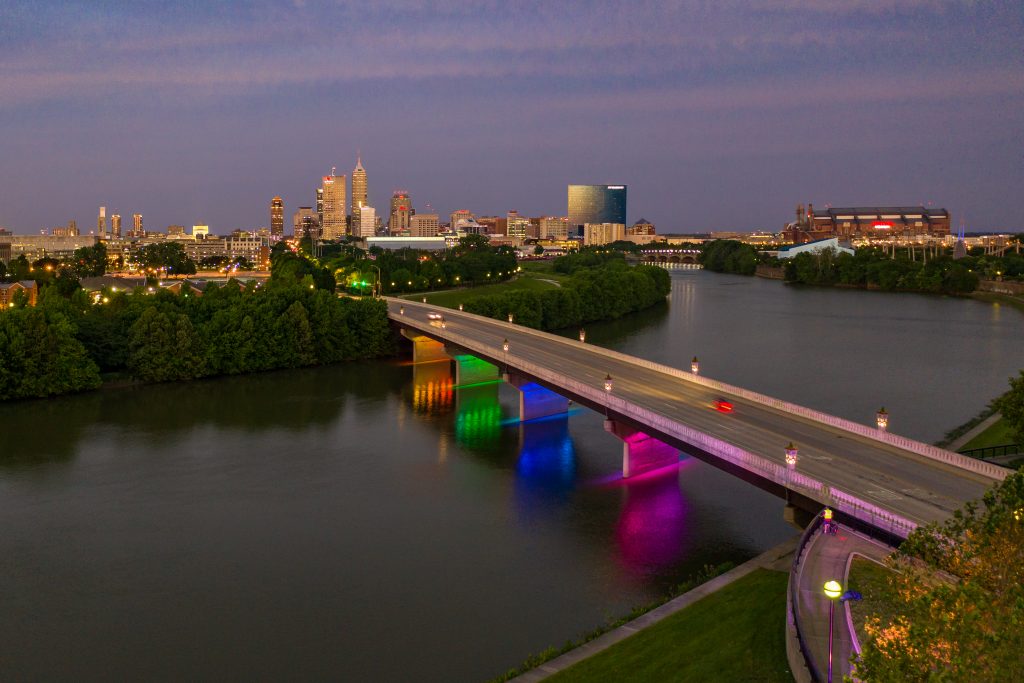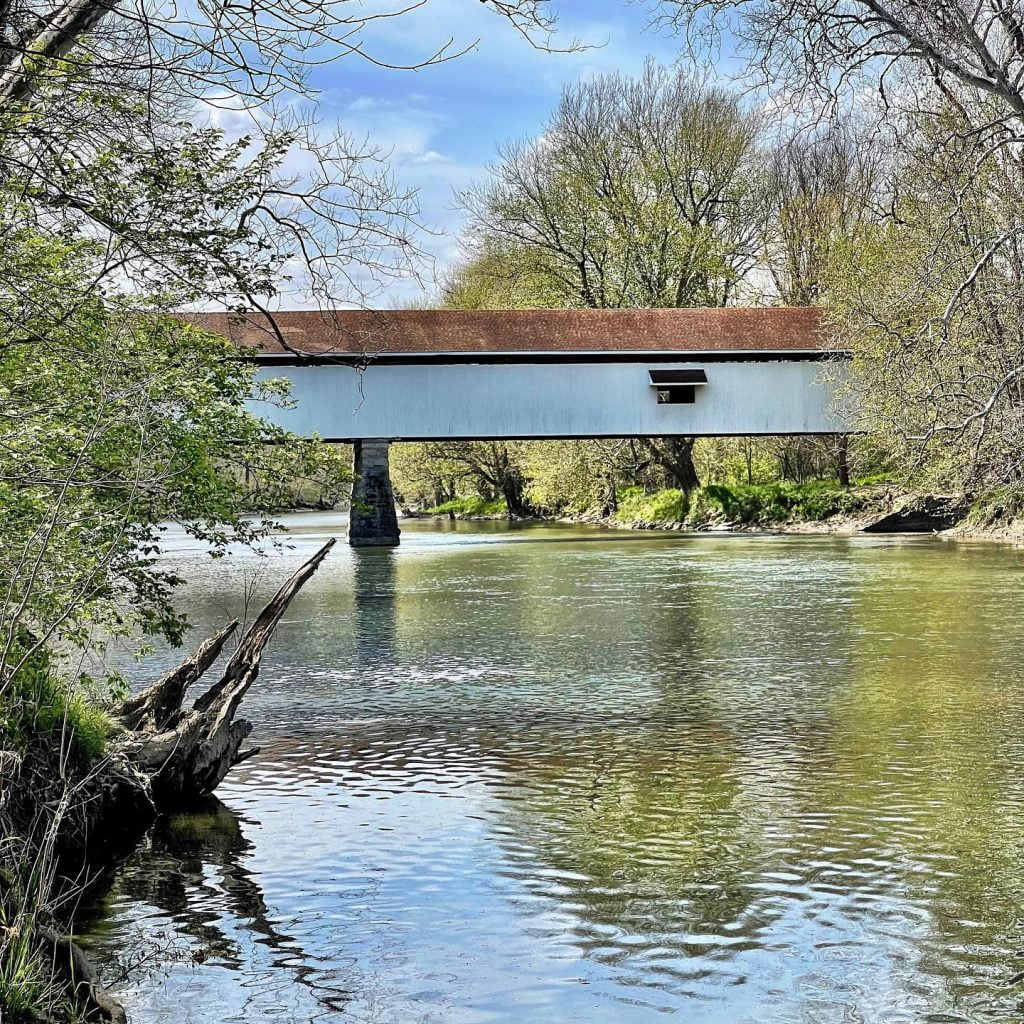Governance & Partners
Reaching our potential, together.
Governance
There are lots of players involved with taking care of the White River. Governance refers to who is responsible for the river and how they make decisions. Governance of the river is complex and multi-layered with many formal and informal players.

State and Federal
The White River, like many bodies of water, is held in public trust by the State of Indiana. This means the public owns and maintains rights to use and enjoy the river for a wide variety of purposes, and it is the State’s duty to protect this resource for all. In Indiana, the Department of Natural Resources (DNR) and the Department of Environmental Management (IDEM) must implement state and federal laws that allow them to protect and preserve waterways, and to protect residents from the loss of life or property as a result of flooding. Another key role of the state is law enforcement: DNR conservation officers have the primary law enforcement responsibility for water-related activities like fishing, swimming, and boating.
And while the State handles many aspects of federal water-related laws, there are times when the U.S Army Corps of Engineers gets involved, especially when it comes to flood-related infrastructure.
Whether state or federal, these agencies use formal processes and regulations to conduct their work and often require permits for many river-impacting activities like dumping wastewater, building dams and levees, impacting riparian wetlands, or altering or developing in the floodplain. Want to know more about permitting in Indiana? Click here.
Local
When it comes to the river, local government is primarily involved in what happens along it through land use and development controls like zoning. Each jurisdiction has unique zoning regulations, but all determine both what types of things can be developed on land along the river and how they get developed. For many communities, this includes significant restrictions on development in the flood plain often tied to requirements of the National Flood Insurance Program that enables individual properties at risk of flood damage to be insured. Along the White River the communities of Carmel, Fishers, Indianapolis/Marion County, and Noblesville, as well as Hamilton County, participate in this program and have associated zoning restrictions.
Each community uses a formal process to administer its development review process, and you can contact your local planning department to learn more about regulations and ways to learn about what’s happening along the river.
Local governments are also largely responsible for the ways many people access the river. Through the river-adjacent parks, open spaces, trails, and roads and bridges they construct, local governments enable public access to the river.

Other Partners
Beyond local, state, and federal government, other players have an important role in governing the river. Individual private property owners who own land that abuts the river determine what happens on that property and can restrict access to it. You should always respect the owner’s property rights: never use private property to access the river without the permission of the property owner.
There are also a wide variety of non-profit or other organizations that advocate for various interests. While they may not have a formal, regulatory role in governing the river, they provide an important way for people to organize and advocate for the incredible diversity of ways the river is important to life in Central Indiana. Neighborhood and business associations, environmental stewardship organizations, sports and recreation enthusiast groups, tourism and economic development agencies, and even agricultural or industrial trade associations and utilities each bring important perspectives for how the river is used and governed.
Key partners to help those interested in becoming more engaged with:
Future Governance
Governance is not only important to what happens to the river today, it is foundational to implementation of the White River Vision Plan. Through a series of steps and many conversations, the Plan explored what is needed to fully realize its vision. It was determined that no existing governance entity, nor any currently enabled by state law, exists to address the full range of activities needed to deliver the plan.
Conversations continue on a regional model that allows communities to continue to work together in the most collaborative and impactful way. Whatever the final model, four key concepts are recommended.
- Connect State + Local. Connect the strengths of each level of government. The State has stronger regulatory authority and is better resourced, while local governments are stronger with resident input, local accountability, and project implementation.
- Carrots, not Sticks. Implement the plan through investments and partnerships, not regulatory authority. Rather than adding another layer of government or reallocating responsibility from local or state entities, offer funding, technical, and coordination resources to move projects forward as partnerships.
- Ability to Grow. Start with Marion and Hamilton Counties who have collaborated on the Vision Plan, but have the ability to grow to counties up and downstream who see value and alignment with the Vision and Guiding Principles of the plan.
- New Revenue. To implement the plan, the existing work of state, local, and non-profit partners must be preserved. Budget reductions or reallocations from them hinder plan implementation, and new revenue sources, whether public, private, or philanthropic, are needed.
